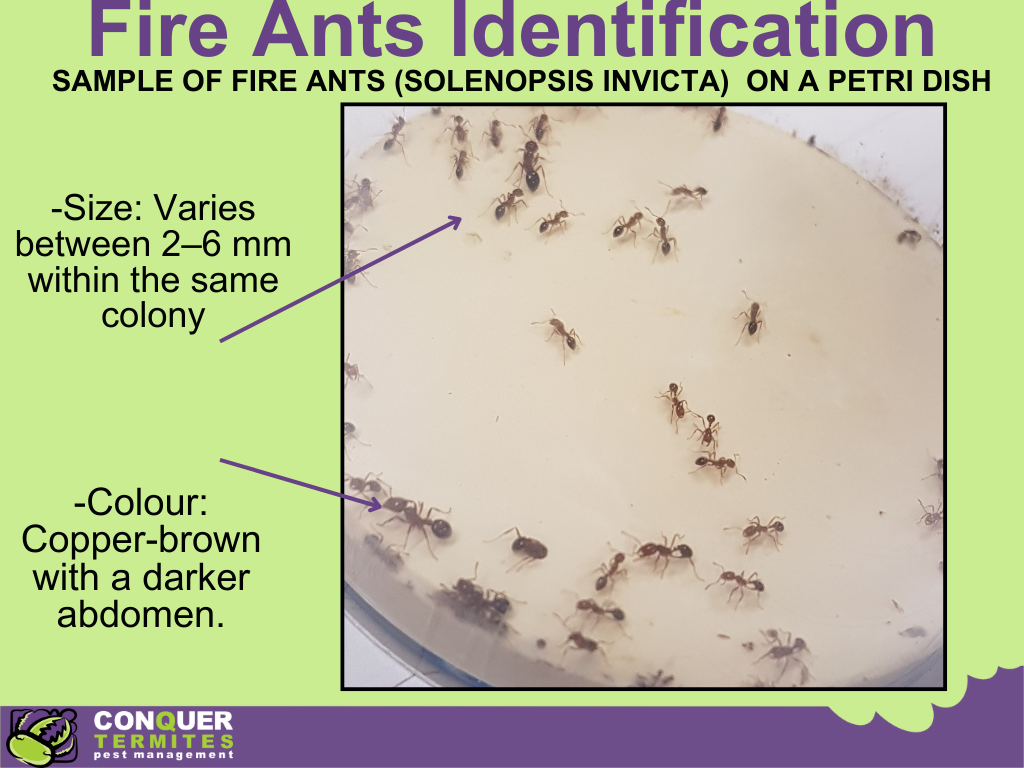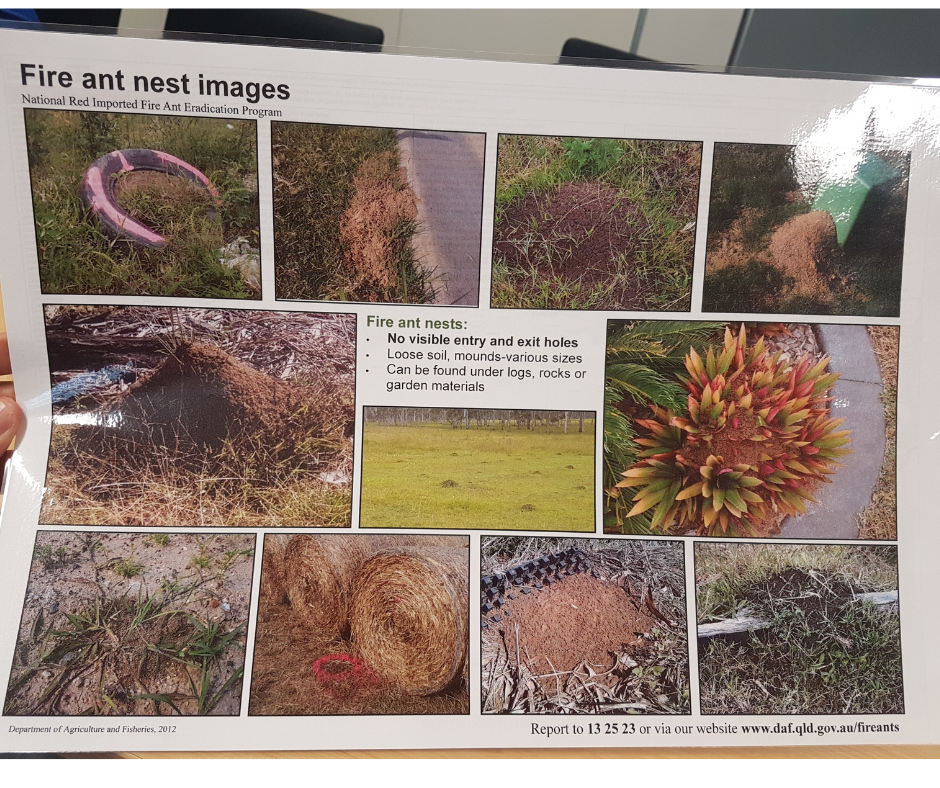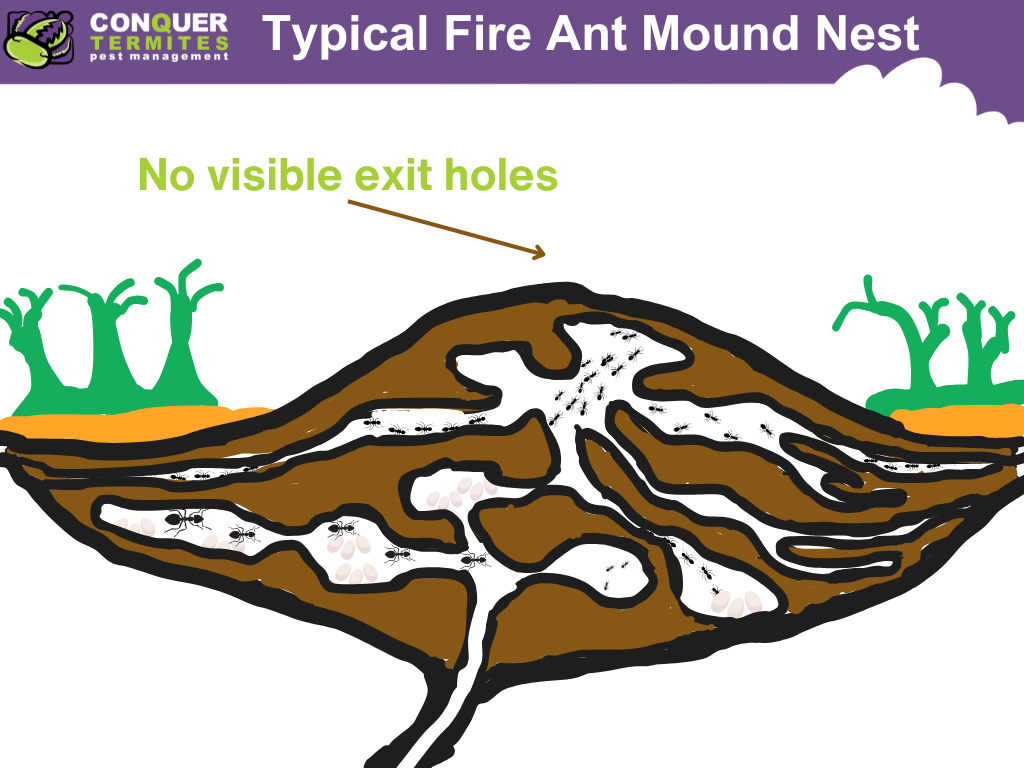Fire Ants in Brisbane and the Gold Coast: What You Need to Know
Fire ants are a significant invasive pest in Australia, first detected in Brisbane in 2001. They have since become a major concern for residents in Brisbane and the Gold Coast due to their aggressive behaviour, painful stings, and potential to harm local ecosystems and agriculture.
This article explains how to identify fire ants, understand their impact, and know the next steps if you suspect an infestation on your property.
What Are Fire Ants?
Fire ants are small, reddish-brown insects with darker abdomens. Measuring 2–6 mm in size, these ants vary in size within a single nest. Their colonies form dome-shaped mounds or appear as disturbed soil without visible entry or exit holes, as fire ants use underground tunnels to move in and out.
These ants are known for their painful stings, which can cause allergic reactions in some individuals. Beyond human discomfort, fire ants threaten native wildlife, crops, and livestock, making their eradication a national priority.
Identifying Fire Ants
Fire ants are small, reddish-brown insects with these distinct features:
- Size: Varies between 2–6 mm within the same colony.
- Colour: Copper-brown with a darker abdomen.
- Nest Appearance: Their nests often look like dome-shaped mounds or disturbed soil without visible entry or exit holes, as they use underground tunnels.
- Behaviour: Fire ants swarm aggressively when disturbed, delivering painful stings.
You might find fire ants near lawns, garden beds, fence lines, or under objects like timber and rocks. If you notice these signs, it’s essential to act promptly.

What do their Nest Mounds look like?

Cross section of a Fire Ant Mound

Why Fire Ants Are a Concern
Fire ants are not just a nuisance; they are dangerous. Their stings can cause severe allergic reactions in humans and animals. Additionally, they impact agriculture by harming crops, livestock, and native wildlife.
Where Are Fire Ants Found?
In South East Queensland, fire ants are commonly found in:
- Open areas like lawns, pastures, and roadsides
- Near or under objects such as timber, rocks, or garden pavers
- Around dams, irrigation lines, and fence lines in rural areas
Fire ant mounds may also form next to buildings or within landscaped areas, posing risks to homeowners and pets.
Steps to Take If You Spot Fire Ants
If you suspect fire ants on your property, it is essential to act quickly:
- Do Not Disturb: Avoid touching or moving the nest, as fire ants can swarm aggressively.
- Report the Sighting: Contact the National Fire Ant Eradication Program or call 13 25 23 to report the infestation. You can also complete an online form with photos and location details.
- Treatment Options: You can:
- Self-treat with approved baits after reporting.
- Hire licensed pest managers, like Conquer Termites, for professional treatment.
- Wait for government-scheduled treatment under the eradication program.
All sightings must be reported, even if you choose to self-treat.
National Fire Ant Eradication Program
Australia has implemented the world’s largest fire ant eradication initiative, funded with over $600 million. This program manages treatment and containment efforts to protect urban and rural areas from further spread.
Why Identifying Fire Ants Matters
Early detection is critical to controlling fire ants. With their ability to adapt and spread rapidly, these pests can cause widespread environmental and economic damage. Homeowners in Brisbane and the Gold Coast should stay vigilant and report any suspected infestations immediately.
For more details, visit the National Fire Ant Eradication Program or contact Conquer Termites for professional pest management services.
Protect your property and community by taking action today.
Call Us Now! 1300 417 007
For more information on Fire Ants please visit:



